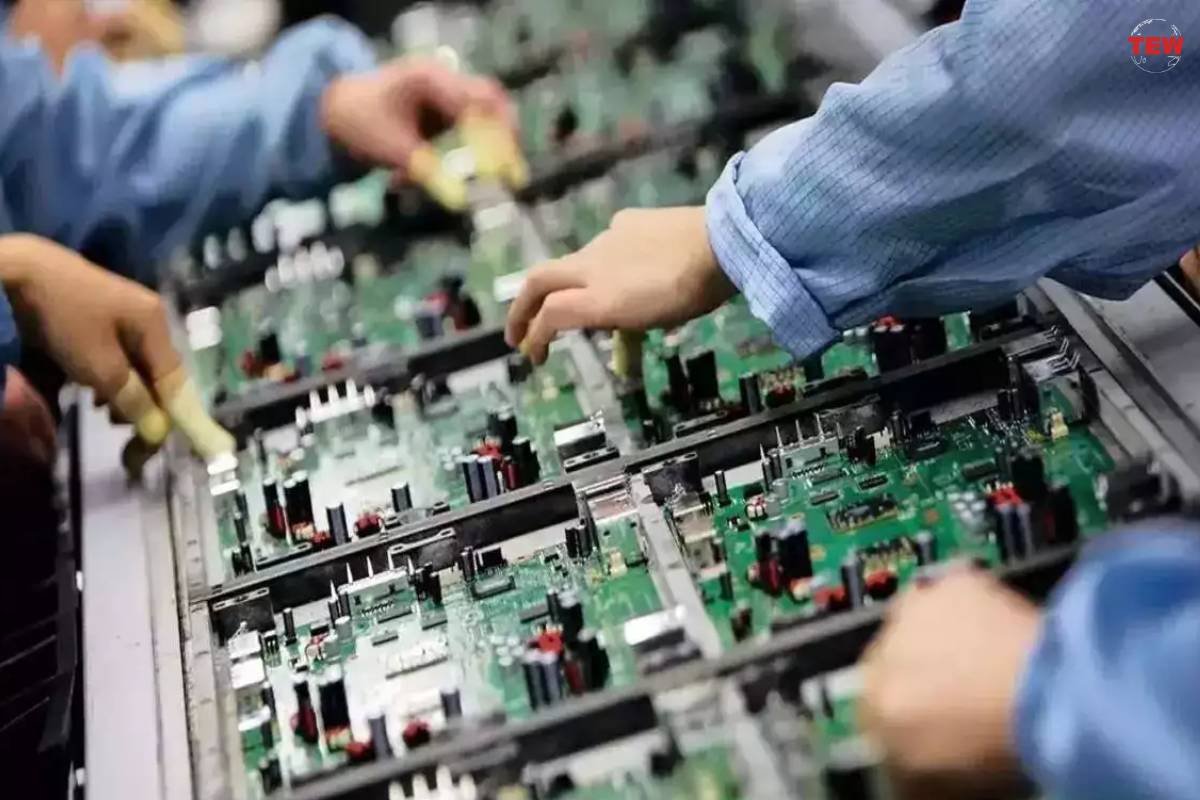The semiconductor landscape has undergone significant transformation since SoftBank Group, the Japanese conglomerate, acquired Arm for $32 billion in 2016. However, according to a Breakingviews assessment, the fair value of the British chip designer may still fall within that same range.
Recently, Reuters reported that SoftBank is aiming for an equity valuation between $50 billion and $54 billion as part of Arm’s upcoming initial public offering. When Masayoshi Son, the head of the Japanese conglomerate, acquired the Cambridge-based company seven years ago, he was betting on the potential of the “Internet of Things,” envisioning tiny semiconductors proliferating in everyday household items and driving the next phase of growth for chip designers. Now, he is presenting Arm as a key player in the trending field of artificial intelligence.
Nvidia’s enterprise value has recently surged to $1.2 trillion
At first glance, its valuation aspirations of Son appear to be supported by the performance of Nvidia, a popular AI-focused company in the stock market. Nvidia’s enterprise value has recently surged to $1.2 trillion, which is 23 times higher than analysts’ average revenue forecasts for the current year, according to LSEG data. Based on this comparison, Arm’s revenue could remain at $2.7 billion and still justify an equity value exceeding $60 billion, taking into account its $2 billion net cash position.
However, this perspective fails to grasp the underlying factors driving Nvidia’s remarkable growth, which hinges on significant increases in projected operating profits. The average analyst forecast for earnings before interest and taxation for the fiscal year ending in January 2026 has more than doubled since the beginning of May. The lesson for SoftBank and Arm is evident: Chip investors are closely focused on medium-term operating profit, not just revenue.
Why SoftBank Is Scaling Back Expectations for Arm IPO
Nvidia has been exposed to the AI trend
Arm’s valuation comprises three key components. First, there’s its top-line growth, which has shown fluctuations, with a 1% decline in the last fiscal year and a 33% surge in the preceding 12 months. SoftBank, in a recent earnings presentation, emphasized a longer-term trend: Arm’s compound annual growth rate of 14% over the past three years, based on fiscal first-quarter figures. Extrapolating this growth rate to the most recent calendar year, which facilitates comparison with publicly traded peers, would project Arm’s revenue to reach $4 billion in 2025.
The third component is the valuation multiple, which is best assessed by examining what investors are willing to pay for similar publicly traded companies. Notable comparisons include Nvidia, Cadence Design Systems, and Synopsys. Nvidia has been exposed to the AI trend that Son is passionate about, while the latter two are U.S. firms specializing in software for chip designers, similar to Arm, which licenses intellectual property for processors. On average, these three companies currently command an enterprise value that is 25 times the operating profit analysts anticipate they will achieve in 2025, according to LSEG data.





